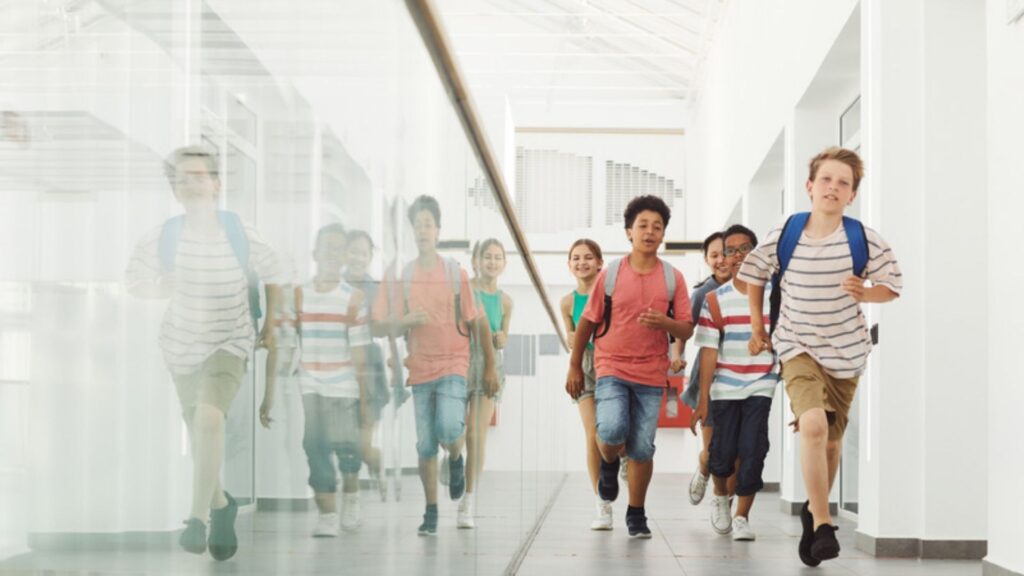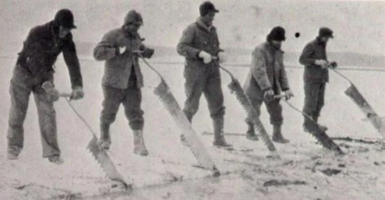The Neurodiverse Student: How Teachers Can Help Them Succeed In The Classroom
Understanding that neurodiversity encompasses a plethora of well-known terms to identify those with different brain functioning systems, teachers can identify differences and help students succeed.
Neurodiverse is a positive word used to describe brains that function differently than the typical human brain, including those affected by dyslexia, Autism Spectrum Disorder (ASD), and Attention Deficit Hyperactivity Disorder (ADHD). The basic principle of neurodiversity is understanding that brain differences are normal and acceptable instead of viewing them as disabilities or deficits. With 15 to 20 percent of the population having some type of neurodiversity, teachers are wise to learn more about these conditions so they can help all their students succeed.
Many of the world’s top entrepreneurs are neurodiverse, including the late computer pioneer Steve Jobs. Actress Jennifer Aniston is also has a form of neurodiversity, as she’s dyslexic, and Olympic swimmer Michael Phelps has been open about his struggles with ADHD. Although the actual count of neurodiverse students will vary by classroom, a teacher can expect to have approximately 10% of their students diagnosed with dyslexia, 5% diagnosed with ADHD, and another 1 to 2% falling somewhere along the autism spectrum.
Students with dyslexia struggle with the skills required to read and spell fluently, such as verbal memory and phonological awareness. Kids with ADHD, another form of neurodiversity, struggle with inattention, hyperactivity, and impulsive behaviors that prevent them from being able to sit still and concentrate. Children on the high-functioning end of the autism spectrum (previously called Asperger’s) tend to have a tough time understanding social signals and can also exhibit restrictive or repetitive thoughts and behaviors.
Neurodiversity also has some built-in advantages, sometimes referred to as superpowers because they can be so amazing to neurotypical folks. People with dyslexia are great at thinking out of the box and visually processing new information. Students with ADHD are often extremely creative and funny, able to hyper-focus on topics of high interest.
Individuals with ASD often have a high IQ and a photographic memory, especially for recalling specific dates and events. Kids with Asperger’s—sometimes called Aspies—usually prefer predictable routines and exhibit a laser-sharp focus on things they enjoy. Aspies and neurodiversity together can be very attentive and thorough students, especially when working on high-interest subjects.
The most common neurodivergent conditions often overlap, sometimes with lesser-known conditions like dyspraxia—a disorder that affects one’s coordination and movement skills. Pairing counting or sequencing games with physical activity is a great way to connect with students who have this type of a neurodiversity with ASD. Leading them in interactions with other students also builds their social skills—and confidence.
Visual supports also improve communication between teachers and neurodiversity appearing in students. These include pictures, charts, graphs, timelines, and maps. Physical communication supports include toys, props, and manipulatives. Not only should teachers use these as instructional tools, but they should also encourage students to use them—and allow ample time for neurodiverse kids to think and plan responses that they’re comfortable giving.

Neurodiversity goes along with cultural and gender diversity when it comes to creating an inclusive classroom environment. Knowing how neurodiverse people interact with and interpret the world around them is key to helping them feel included and respected. Teachers have the responsibility and the obligation to help reduce the stigma around neurodiverse conditions and help neurotypical students relate to their out-of-the-box peers.



